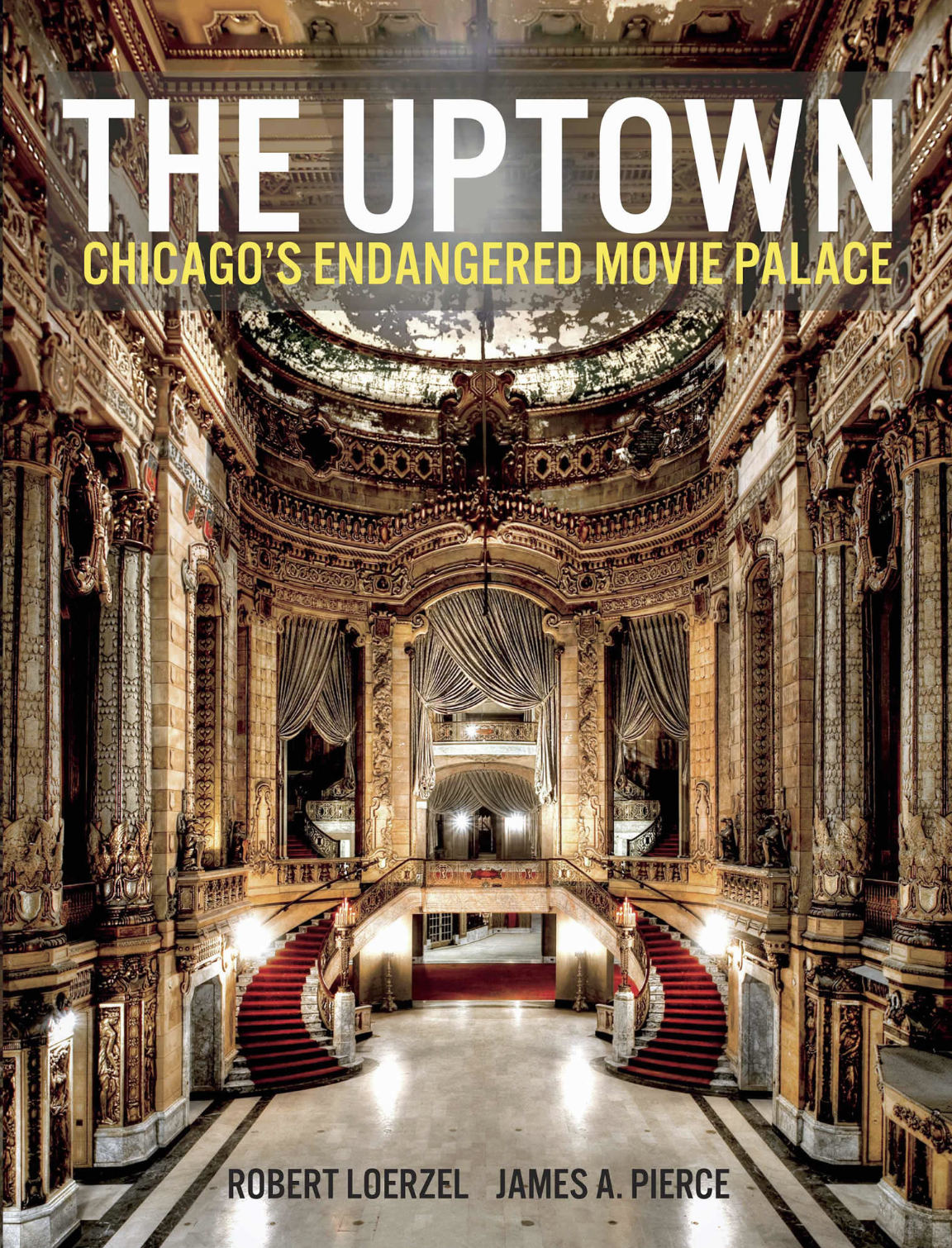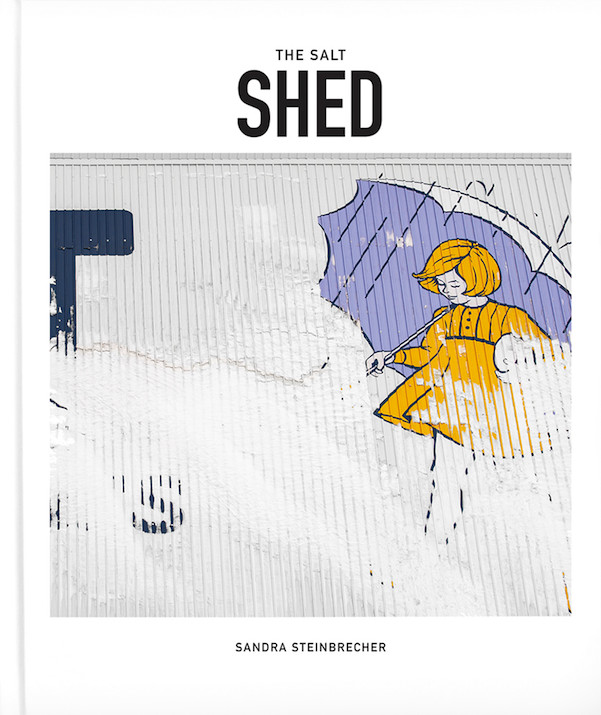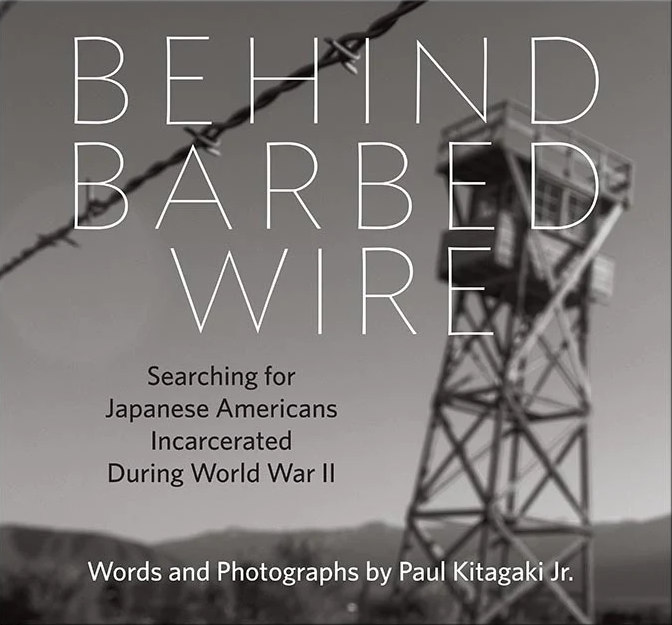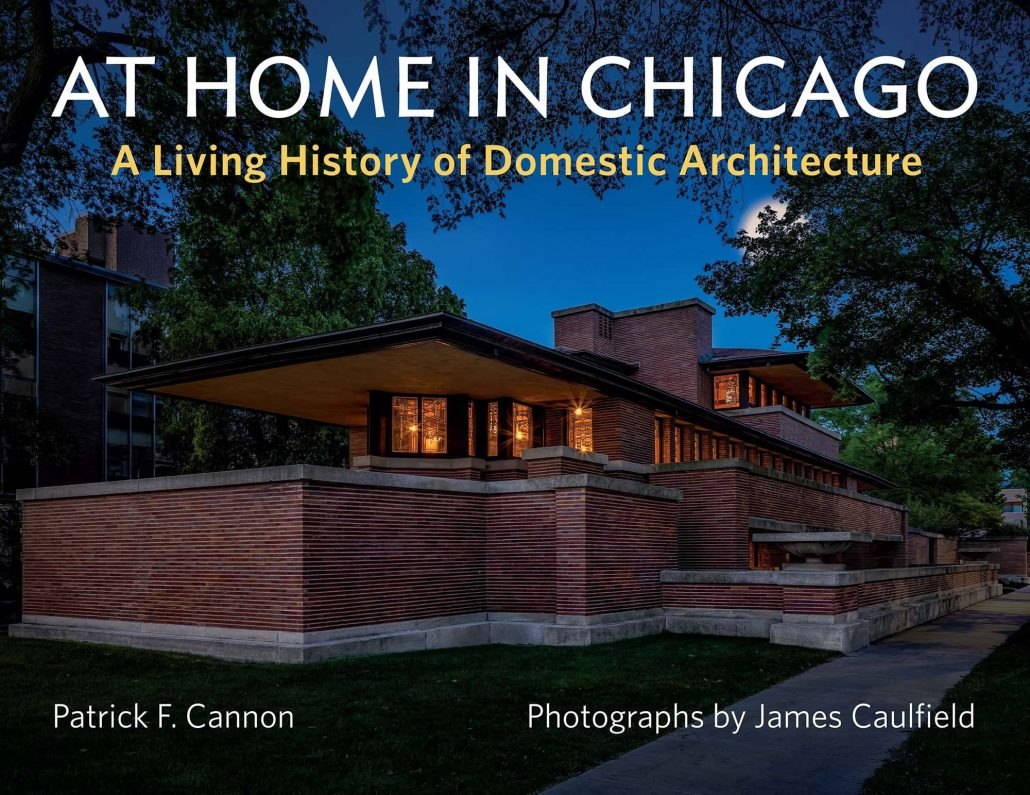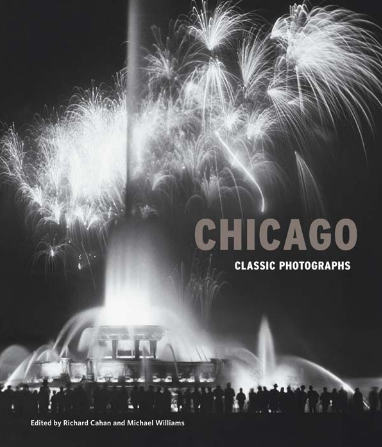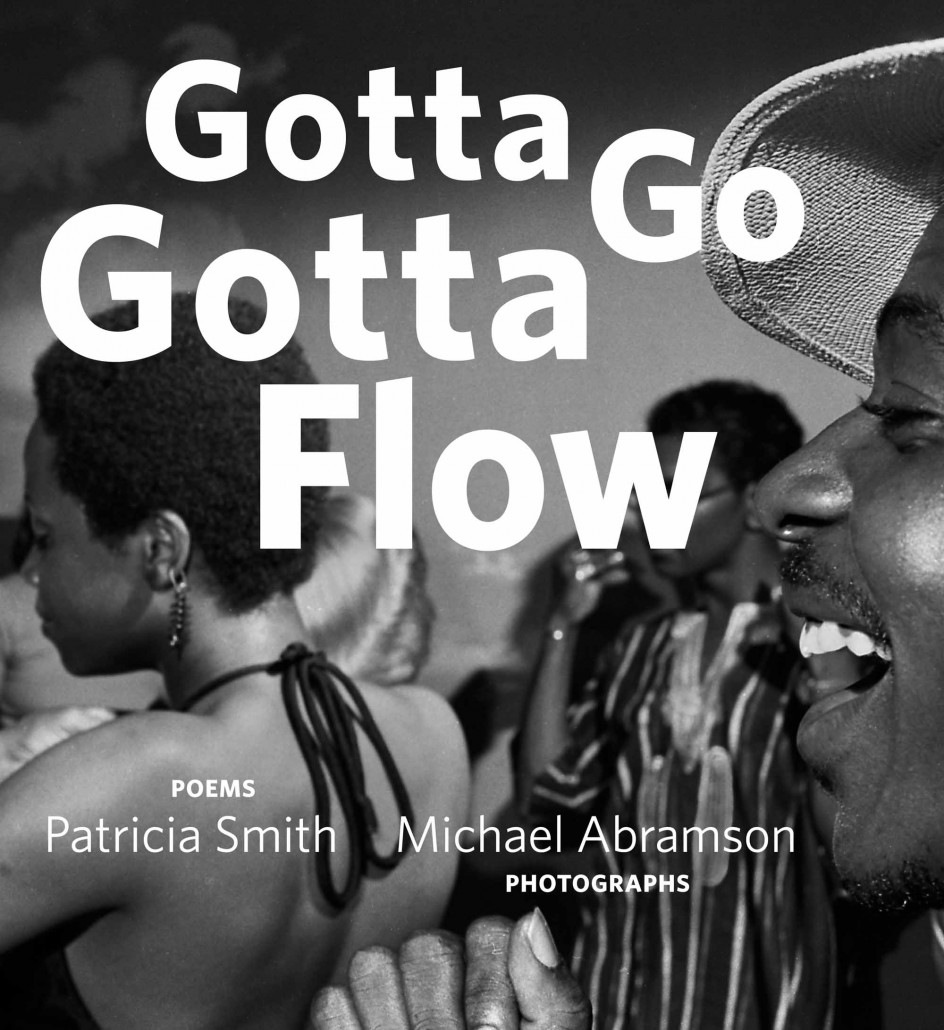Publication of
820 EBONY/JET: Visions of the Johnson Publishing Company, an American Icon
by Barbara KarantThis book by noted photographer Barbara Karant commemorates and reflects on the essence of the Johnson Publishing Company, publisher of the iconic Ebony and Jet magazines and the most influential Black-owned media corporation of its day. Karant spent several years documenting the company’s historic building at 820 S. Michigan Avenue in downtown Chicago, capturing the last vestiges of the original workspace after the company sold the building in 2010 and relocated in 2012. These lively interiors, which remained largely unchanged from 1972 to 2012, fostered the creativity of a staff working in a variety of media. When Karant photographed the vacant building, its residual textures, patterns, colors, and structures maintained the spirit of JPC. Stripped of its furnishings, the interiors of the former JPC headquarters simultaneously represent the spirit of this landmark company and the sense of its loss, of a seminal moment in Black American history and the history of this nation. Karant’s photography, along with essays by distinguished scholars of American art and cultural history, honor the achievements of this remarkable company.
This publication is made possible through support from the Richard H. Driehaus Foundation.


